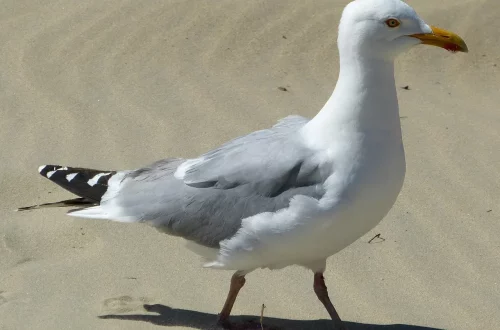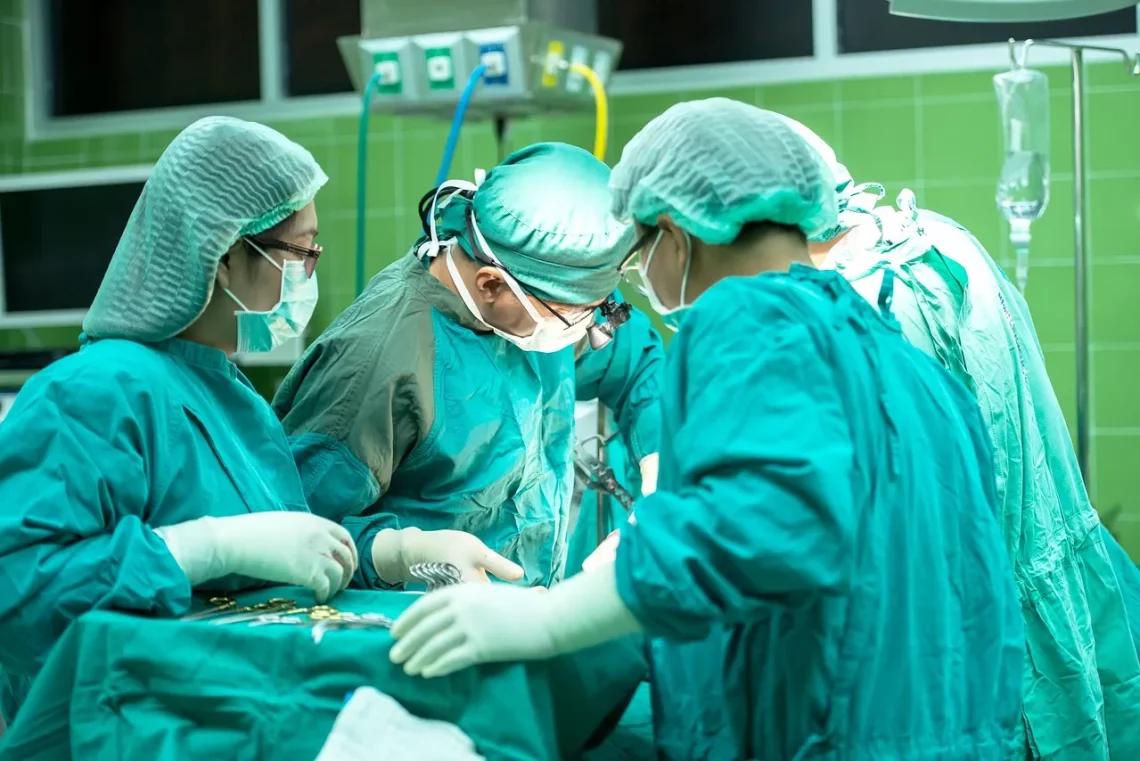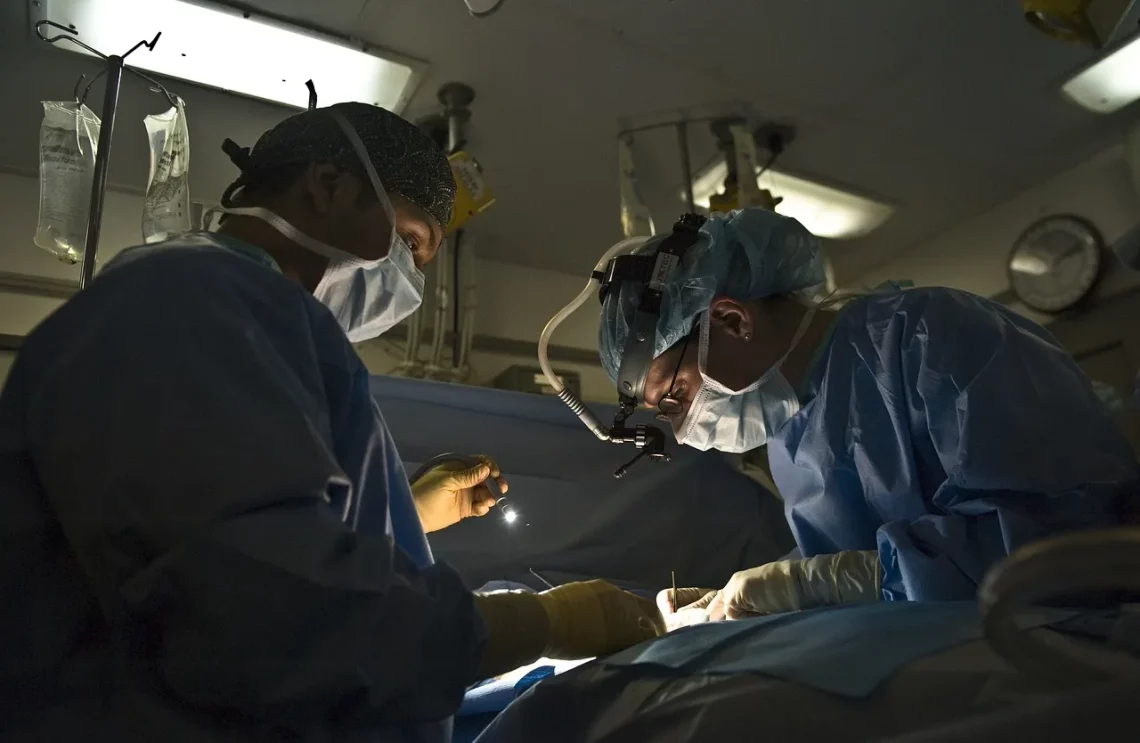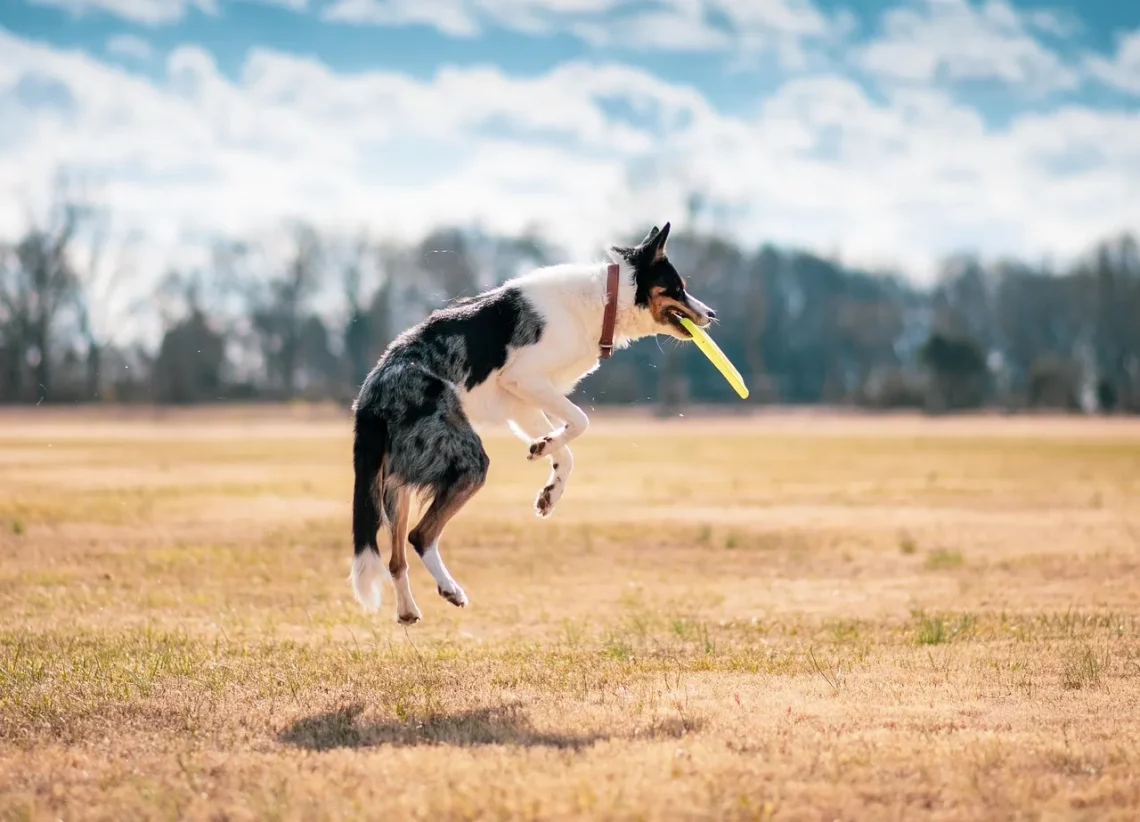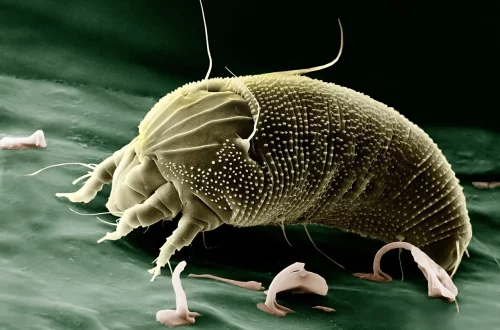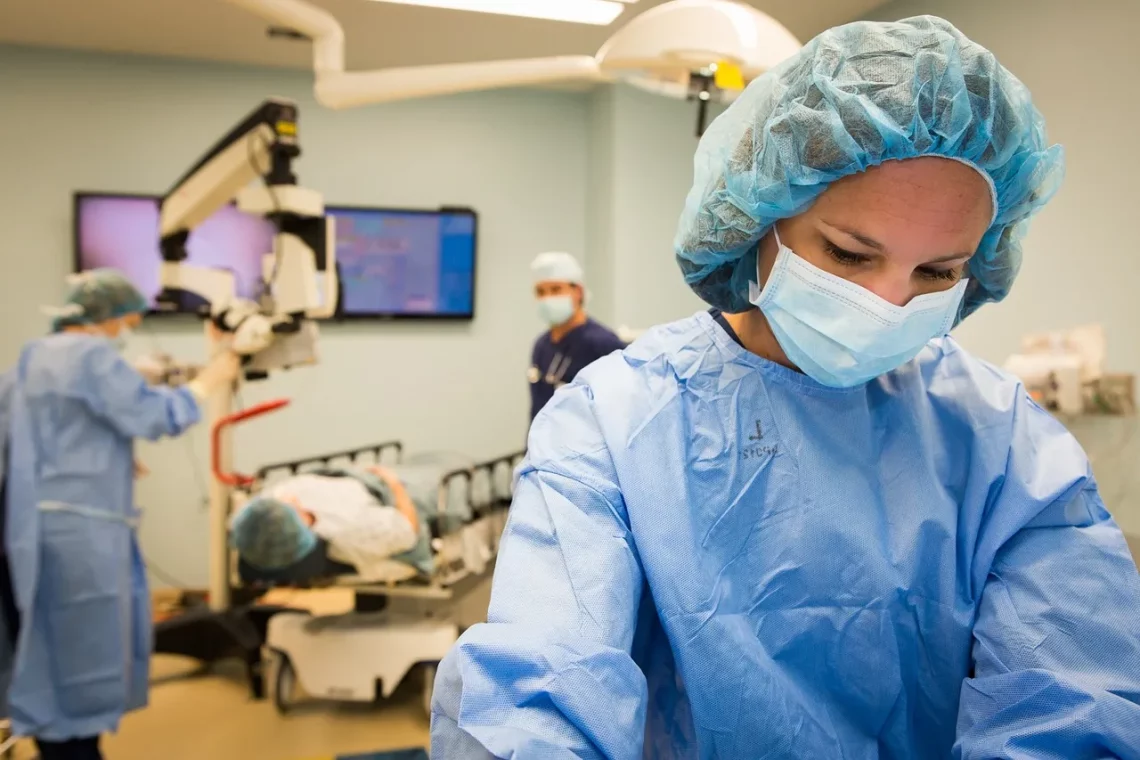-
Gastric Sleeve Before and After: Understanding Skin Changes and Care
The journey through weight loss surgery is often transformative, not just physically but also emotionally. One of the most popular procedures, the gastric sleeve, has gained attention for its effectiveness in helping individuals achieve significant weight loss. While many focus on the numbers on the scale, the impact of such a surgery extends far beyond the mere reduction in weight. As patients shed pounds, they often encounter changes in their skin, which can be both surprising and challenging to navigate. After significant weight loss, especially following a procedure like the gastric sleeve, the skin may not immediately adjust to the new body shape. Factors such as age, genetics, and the…
-
Understanding the Ehmer Sling: A Guide for Dog Owners
Understanding the Ehmer Sling: A Guide for Dog Owners In the world of canine care, understanding various therapeutic techniques can significantly enhance the quality of life for our four-legged companions. One such method is the Ehmer sling, a specialized support system that is particularly beneficial for dogs recovering from specific injuries or surgeries. The sling is designed to immobilize a dog’s hind limb, offering stability during the healing process. This type of support is crucial for conditions such as hip dislocations, fractures, or post-surgical recovery where movement must be restricted to ensure proper healing. Dog owners often find themselves juggling a myriad of responsibilities, especially when it comes to the…
-
How Long Does a Spay Surgery Take for Your Pet?
When it comes to the health and well-being of our furry companions, responsible pet ownership entails making informed decisions about their medical care. One common procedure that many pets undergo is spaying, especially for female animals. This surgical operation not only helps control the pet population but also has significant health benefits for the animals themselves. However, for many pet owners, the thought of surgery can be daunting, bringing up questions about the process, recovery time, and overall implications for their beloved pets. Understanding the intricacies of spay surgery can alleviate some of the anxiety associated with it. Pet owners often wonder about the duration of the procedure, the factors…
-
Understanding Scrotal Ablation in Dogs: What Owners Need to Know
Understanding the health and well-being of our canine companions is a top priority for dog owners. Among the various medical procedures that dogs may undergo, scrotal ablation is one that garners attention due to its significant implications for male dogs. This procedure involves the surgical removal of the scrotum, and while it may sound alarming to some, it is often performed for valid medical reasons. The reasons for scrotal ablation can vary widely, including the treatment of certain medical conditions or as part of a broader sterilization process. Understanding the rationale behind this surgery, its benefits, and potential risks is crucial for dog owners who might find themselves facing this…
-
Masturbating After a Vasectomy: What You Need to Know
Masturbation is a natural and common aspect of human sexuality, often serving as a means of exploring one’s own body and understanding personal desires. Many men engage in this practice for various reasons, including pleasure, stress relief, and even as a way to learn about their sexual responses. However, when a man undergoes a vasectomy, a surgical procedure to permanently prevent pregnancy, questions may arise about the implications of masturbation in the post-operative period. Understanding the effects of a vasectomy on sexual health and function can be crucial for those who have undergone the procedure. The surgery itself involves cutting and sealing the vas deferens, the tubes that carry sperm…
-
Signs of Infection to Watch for After Your Dog’s Neutering Surgery
After a dog undergoes neutering surgery, pet owners often experience a mixture of relief and anxiety. While the procedure is common and generally safe, it can still come with its own set of concerns. One of the primary worries that arise post-surgery is the risk of infection. Understanding the signs of infection is crucial for ensuring your dog’s recovery is smooth and complication-free. Just like humans, dogs can also react differently to surgical procedures, and their healing process can vary. Neutering involves making incisions and altering internal structures, which can create openings for potential infections. Monitoring your dog closely during the recovery phase is essential for detecting any abnormalities early…
-
How Long Does a Dog Spay Surgery Take and What to Expect
When considering the health and well-being of your furry companion, spaying is a significant procedure that many pet owners contemplate. Spaying, which involves the surgical removal of a female dog’s ovaries and uterus, not only helps prevent unwanted litters but also contributes to long-term health benefits. This surgery is a common practice among veterinarians and is recommended for various reasons, including reducing the risk of certain diseases and behavioral issues. However, for many pet owners, the prospect of surgery can be daunting, leading to numerous questions and concerns. Understanding the surgical process, the expected timeline, and what you can do to prepare your pet for the procedure can alleviate anxiety…
-
Understanding Infected Spayed Dog Incision: Causes and Treatments
In the realm of pet care, understanding the nuances of post-surgical recovery is crucial for ensuring your furry friend’s well-being. When a dog undergoes a spay procedure, the incision site is a focal point that requires vigilant monitoring. While many spayed dogs heal without complications, some may experience issues such as infections at the incision site. This situation can be distressing for both the pet and the owner, as it often signals underlying problems that could lead to more severe health concerns if not addressed promptly. Infections can arise from several factors, including improper aftercare, environmental influences, or inherent health conditions that may predispose a dog to complications. Recognizing the…
-
Dog Gland Removal: Weighing the Pros and Cons for Your Pet
Dog Gland Removal: Weighing the Pros and Cons for Your Pet When it comes to the health and well-being of our beloved pets, making informed decisions is essential. Among the various medical procedures that may be considered for dogs, gland removal can be a topic of significant concern for pet owners. The anal glands, located on either side of a dog’s rectum, play a role in marking territory and can sometimes lead to health issues if they become impacted or infected. In such cases, gland removal may be presented as a solution. However, this procedure is not without its controversies and potential complications. Understanding the implications of gland removal for…
-
Understanding Feline PU Surgery: A Guide for Cat Owners
Feline PU (Perineal Urethrostomy) surgery is a medical procedure that can significantly impact the quality of life for cats suffering from urinary blockages or obstructions. These conditions, often caused by bladder stones or urinary crystals, can lead to severe discomfort and even life-threatening situations if not addressed promptly. As a cat owner, understanding the intricacies of this surgery is essential for making informed decisions regarding your feline companion’s health. Cats are notorious for hiding their pain, making it challenging for owners to recognize when their pet is experiencing distress. Symptoms such as frequent trips to the litter box, straining to urinate, or blood in the urine can indicate serious issues.…






